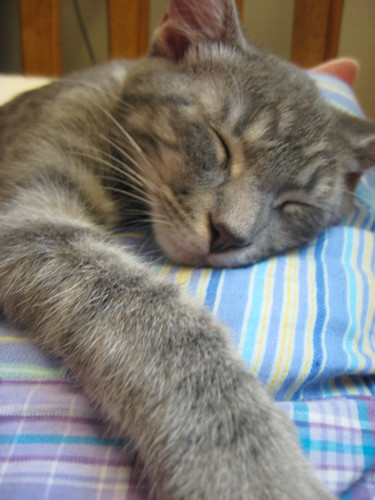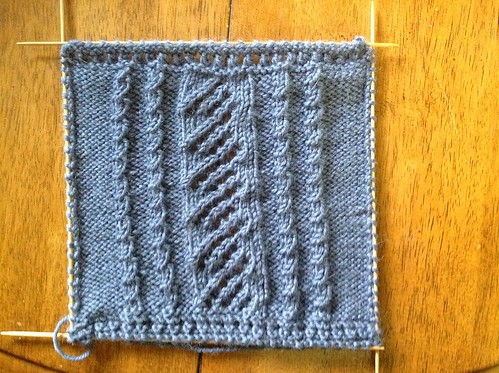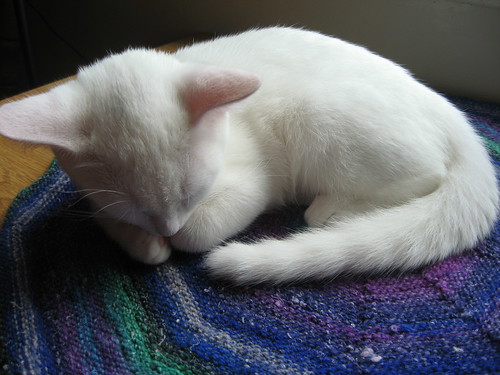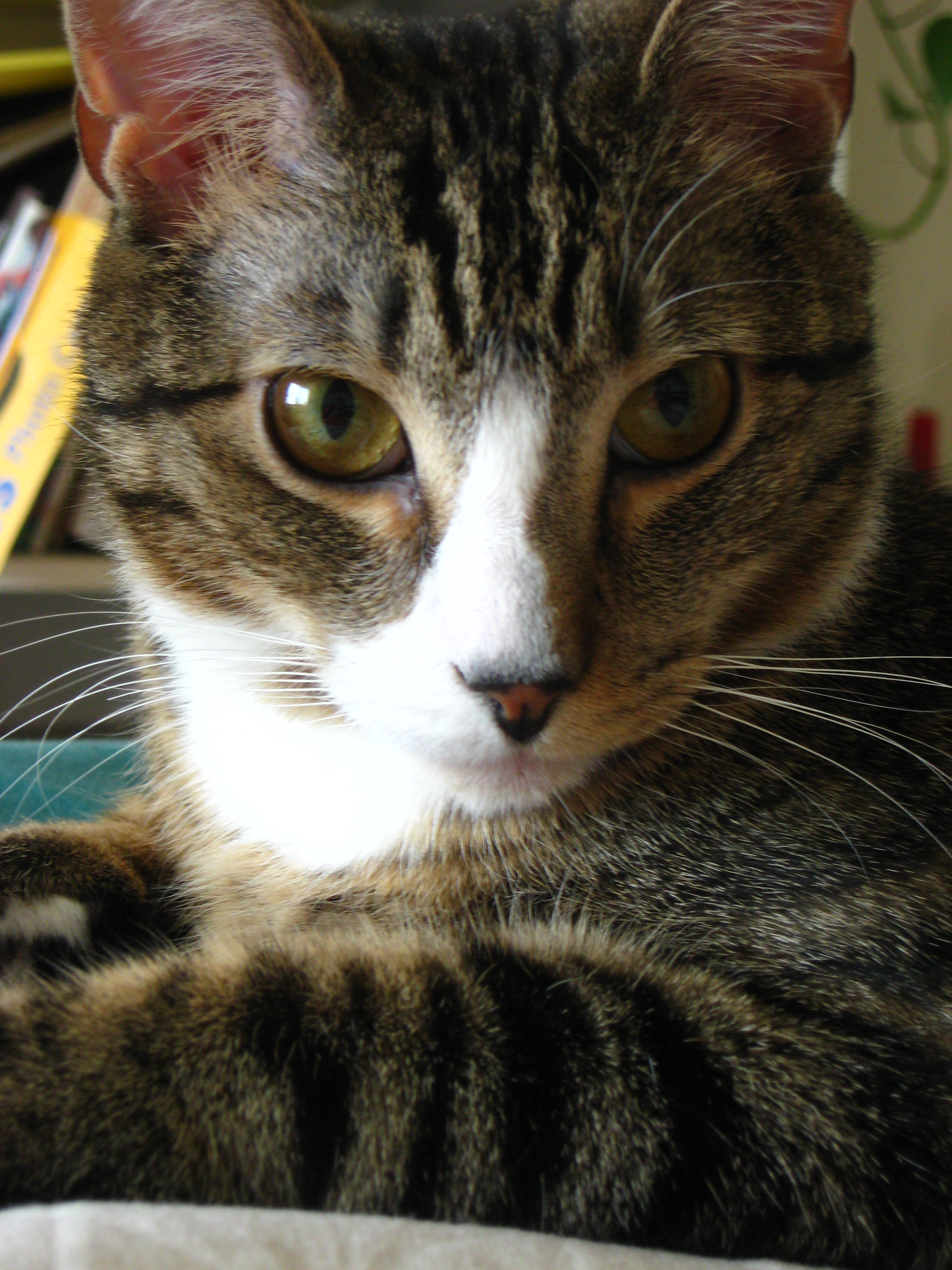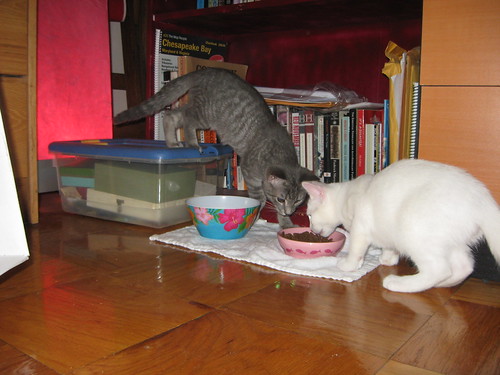The other week, I realized that many people who knit or crochet never give much thought to how they get their patterns. Over the next few weeks I’ll be talking about the different phases of the design process, and why a pattern might not be as perfect as you wanted it to be. Last week I talked about the concept. Today I’ll be talking about the sample, and in the next few weeks you’ll read about the pattern, photography, and layout.
A designer has pitched an idea to a publisher, and signed a contract to create a pattern and sample. What happens next?
If a designer is lucky, they have a fair amount of time to turn around and create a design, but this isn’t always true. It takes time for a publisher to choose a yarn to send the designer and for the mail to get it to them. A designer might also be working on several different designs at once, and have to juggle multiple competing deadlines. Turnaround time can be anything from 2-8 weeks.
 |
| Sample for my Teaching Socks |
Wait, you say. A designer doesn’t always get to choose the yarn? Normally, a designer gets some say in what yarn they want to use: the weight and fiber content. However, they don’t always get to choose what color or even necessarily the yarn line they want to use. While a designer might pitch to a company for a project to be made in a wool worsted weight yarn, the company might change it to a cotton wool blend, if that is the yarn that needs to be highlighted in the issue. If a designer is working for a magazine, the magazine might have agreements with specific yarn companies to feature their yarn in the magazine.
Alternatively, if a designer is working for a company, the specific yarn style or color they might want may be in the process of being discontinued or not longer available. There’s the expectation of a certain amount of flexibility on the part of the designer.
When the designer receives the agreed upon yarn, it then becomes time for them to craft a sample. The sample is the garment that will be used to publicize the design. It’s a way for a designer to work the pattern, and figure out if there are any problem areas. The sample will be used for the photography for the design (like the pictures at Tangled of my Sunburst Shawl), and afterwards, it might be shipped out to yarn stores in a trunk show or displayed at booths at trade shows. Sometimes, after all this is done, the designer might get back their sample. Most times however, it remains the property of the publisher.
A variety of methods and processes exist in how a sample gets made. Some designers write the pattern first, and then use the sample to test out the pattern they have written.
Sometimes the designer writes the pattern, and then hires someone else to make the sample for him or her. Some designers aren’t able to write a pattern without making the sample, so make the garment and take careful notes as they go, so they can write the instructions afterwards.
Hopefully, the pattern goes as expected. It might not. The designer might find that the yarn they swatched with works out differently than the yarn they were sent. Perhaps they find that the yarn is too heavy for the construction of their sample, or the stitches don’t like they way the designer expected. Occasionally the way the garment is made has to be totally re-imagined.
The last part of working the sample is the finishing. This might involve blocking the individual pieces before putting them together. It might mean adding buttons, blocking out lace, weaving in ends, adding zippers, lining, or fixing imperfections.
It’s then time to move toward writing the pattern.





